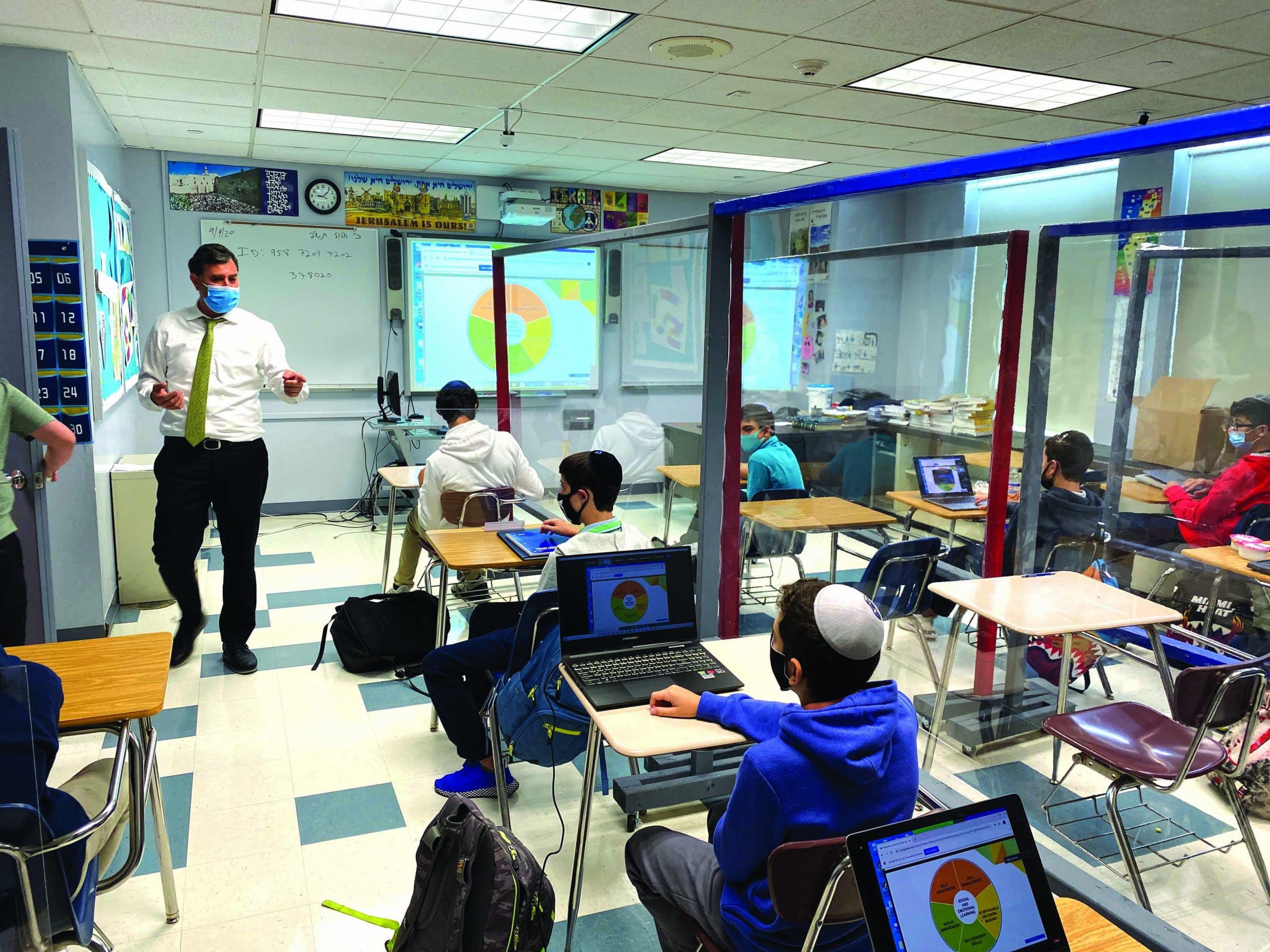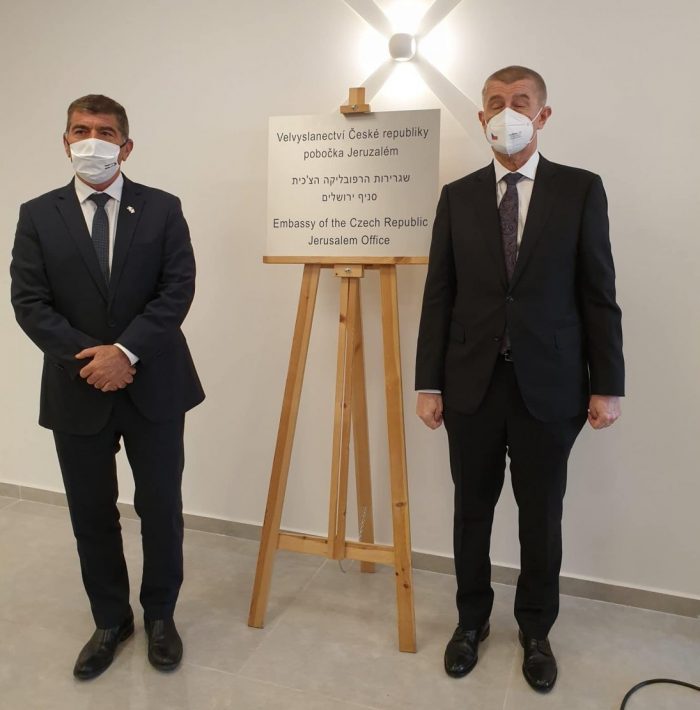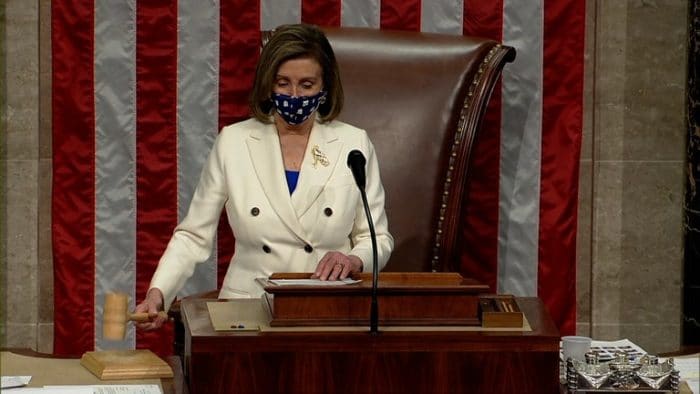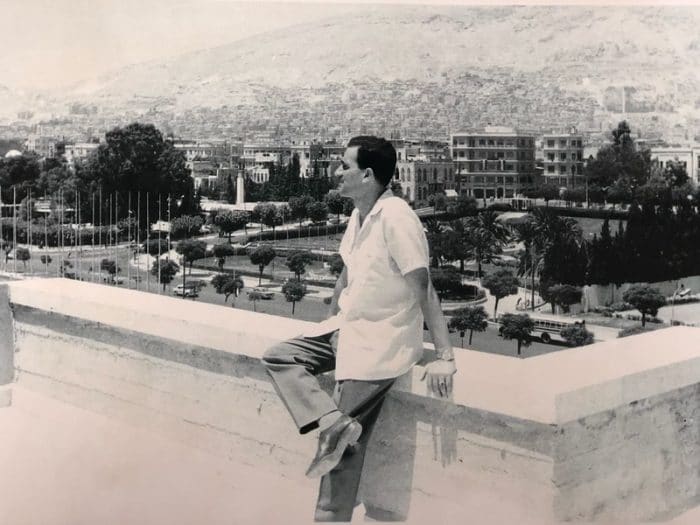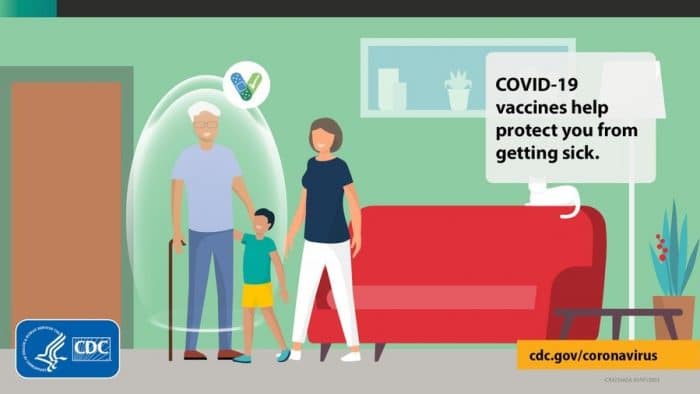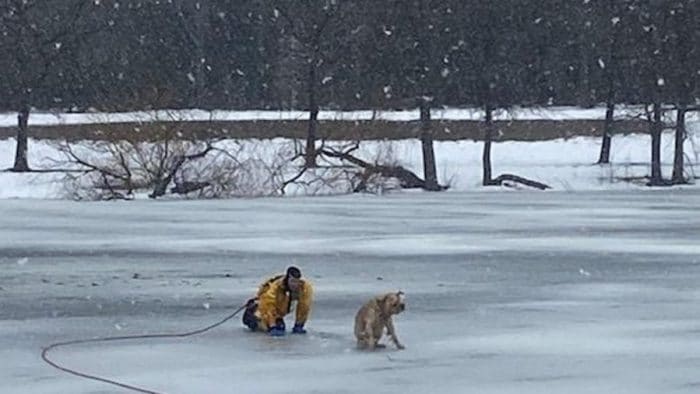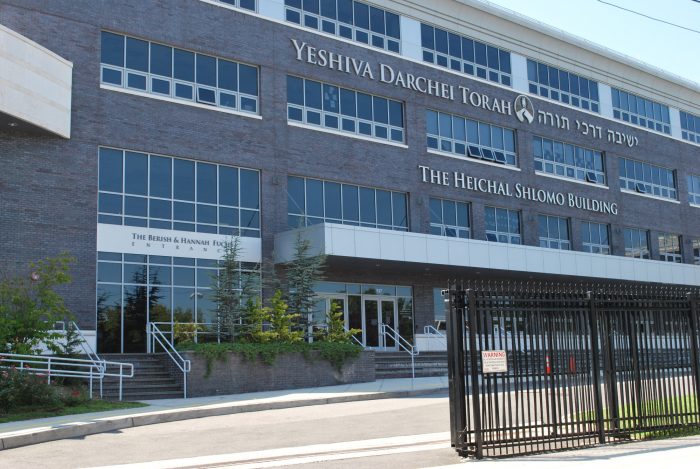Supporting the growth and development of the whole child, maintaining a sense of community and togetherness, and positioning students to be their best selves both inside and outside the classroom are priorities for HAFTR High School. Social emotional learning is critical during the return to school in re-engaging students, repairing relationships, and rebuilding a strong foundation for academic success.
To ensure a smooth transition back to a traditional learning environment, the High School guidance team spent the summer considering the impact of social isolation on both its educators and students. They planned a range of support services to enhance the social and emotional wellbeing of HAFTR High School students. Teachers and staff were provided with professional learning in preparation for meeting the social emotional needs of the students and providing ongoing support.
In order to open a dialogue with students and provide support to those in need, as well as reflect on and enhance social emotional skills for both educators and students, the first three Wednesdays of the school year began with short but engaging, teacher-facilitated lessons emphasizing the factors involved in social emotional learning.
The first week, teachers and students discussed what social emotional learning is and how to use it to help achieve academic and personal success. They used the SEL competencies wheel to consider self-awareness, self-management, social awareness, relationship skills, and responsible decision making. Students shared what each competency means to them and how it can help them succeed academically and/or personally.
Week two focused on giving students and teachers the space to get to know each other.
An online survey helped build stronger classroom relationships by allowing teachers to explore similarities with their students and using those shared interests to start conversations and connect.
Week three provided students and teachers the time and space to reflect on their goals for the year and address their motivation to achieve those goals. They contemplated if their motivation changed during virtual learning, if it was harder or easier to come back to school this year than previous years, and if the first few weeks have been more or less challenging than they imagined.
The program as a whole stimulated students to speculate about the past, and what has motivated them to work hard, and accomplish things that are difficult, as well as give them strategies that can be implemented this year to help increase motivation.
Categorised in: Around the Community

